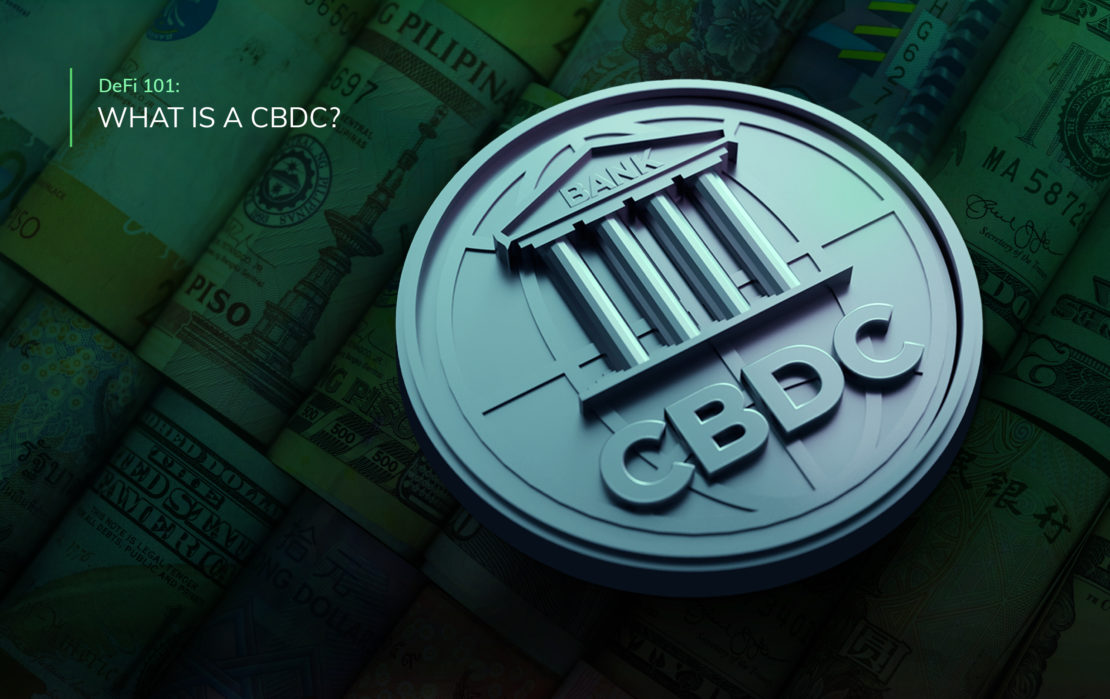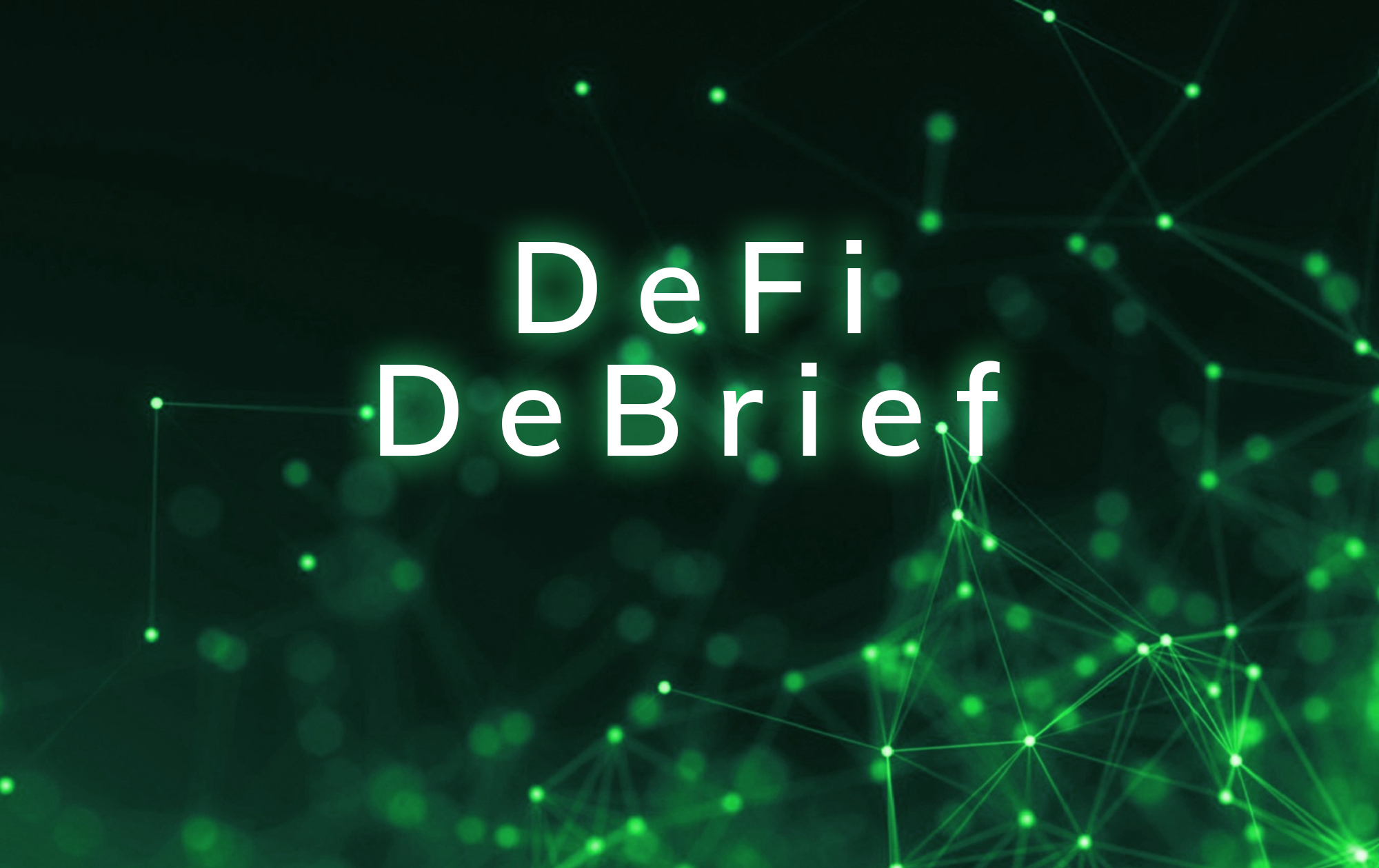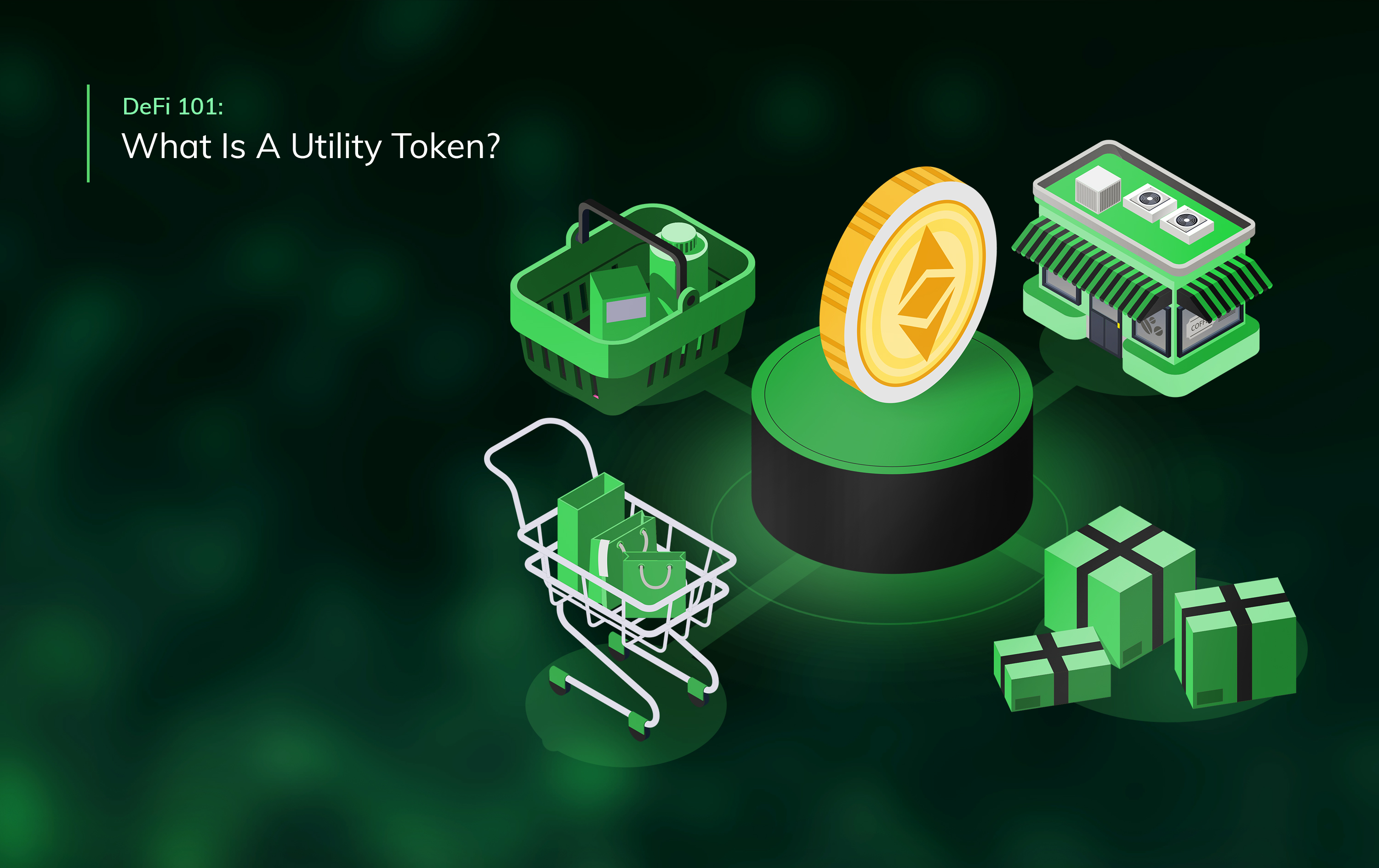DeFi 101: What Is A CBDC?
CBDC stands for central bank digital currency. CBDCs are a new type of money created by governments, often (but not always) with blockchain technology at their core.
— —
You’ve probably heard about CBDCs.
But that’s not to say you know the first thing about them. A CBDC is a central bank digital currency, a new form of money that several governments are exploring.
That’s because authorities want to harness the benefits of the blockchain, boosting the efficiency (while reducing the cost) of payment networks. And while that sounds good in principle, not everyone feels positive about CBDCs.
Some fear their arrival will spell the end of privacy. However, given we’re so early into their development, no one can say for sure. Either way, the earliest adopters (China and South Korea) have already successfully piloted CBDC concepts, and what have we learnt?
Well, while no two countries seem to follow the exact same approach, there is common ground, so let’s dive into the type of features you can expect if (or should we say when) a CBDC lands in your country.
Here we go.
Common features of CBDCs
It’s worth reiterating how early we are with CBDCs because the timing means we can’t say for sure which features the authorities will prioritise. That said, we can say with some confidence that most CBDCs will fall somewhere between bitcoin and a government-issued fiat currency.
As such, you should expect to see a mix of features that include:
Distributed Ledgers
The distributed ledger is what makes cryptocurrencies more interesting than your everyday currency. Because, let’s face it: these days, all money is pretty much digital.
But true digital currencies use something called a distributed ledger, meaning that multiple devices store a copy of the financial records. The ledger then tracks things like how much money someone has or when they make a purchase.
The benefit of a distributed ledger is that it should increase security and transparency. That said, in the case of CBDCs, governments may use a permissioned blockchain, meaning only a handful of entities can actually access the records.
Some may even be allowed to modify what they see. And such a setup would contrast with a cryptocurrency like bitcoin, which is entirely permissionless, allowing anyone to access and read the ledger, but no one can alter a record.
Centralisation
The clue lies in the name. Central bank digital currencies will be centralised, ultimately putting control in the hands of the governing authorities.
You can understand why a government wouldn’t choose to decentralise ownership of its currency because keeping control allows them to manage aspects such as supply (unlike bitcoin, whose supply is fixed at 21 million).
It also allows them to dictate which financial entities get to participate in running the distributed ledger. But while these are advantageous to governments, you could say they undermine the raison d’etre of cryptocurrencies.
Still, their existence could introduce other benefits, as we’ll now explore.
7 benefits of CBDCs
If you’re wondering why you should care about CBDCs, here are seven aspects that may catch your eye:
- Enhanced security: CBDCs can use the inherent security of blockchain technology to strengthen their infrastructure;
- Faster transactions: CBDC transactions would be faster and more efficient than traditional bank transfers;
- Cheaper transactions: Increased efficiencies should lower costs of payments;
- Improved access: Digital currencies could enhance financial inclusion, helping the underbanked access financial services;
- Increased transparency: a distributed ledger should unlock more transparency and traceability of the monetary system;
- Constant availability: Blockchain networks are always-on, meaning on-demand access to any financial service;
- Interoperability: CBDCs could increase interoperability between payment systems, making life easier for consumers.
Still, despite the benefits, there’s one crucial point to cover.
Many of these benefits apply to existing stablecoins. We just haven’t seen stablecoin adoption because of perceived security risks and general distrust. But as the stablecoin user experience improves, we may see less need for CBDCs.
In time, everyday users could get to enjoy all the benefits of a CBDC-like currency without ever falling under a central bank’s control.
Keep an eye out for more on this in the coming months.




